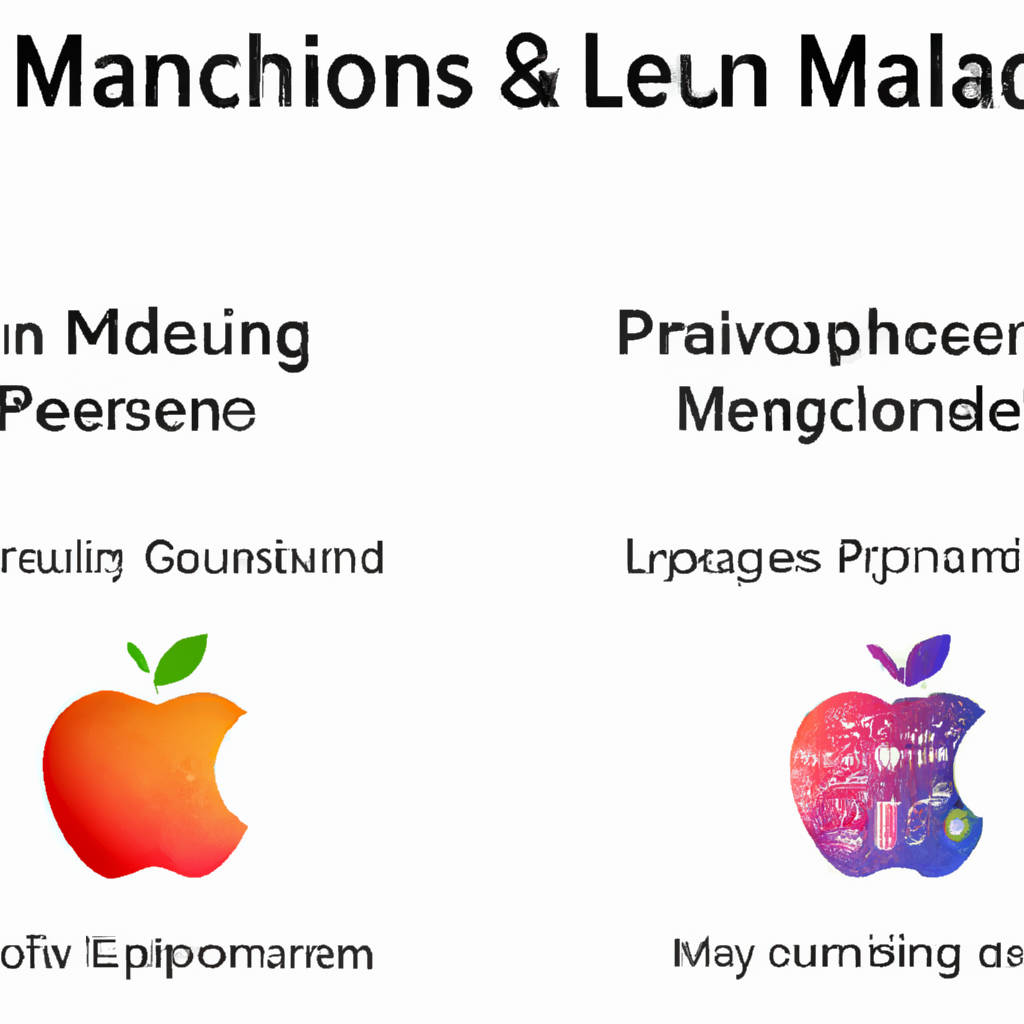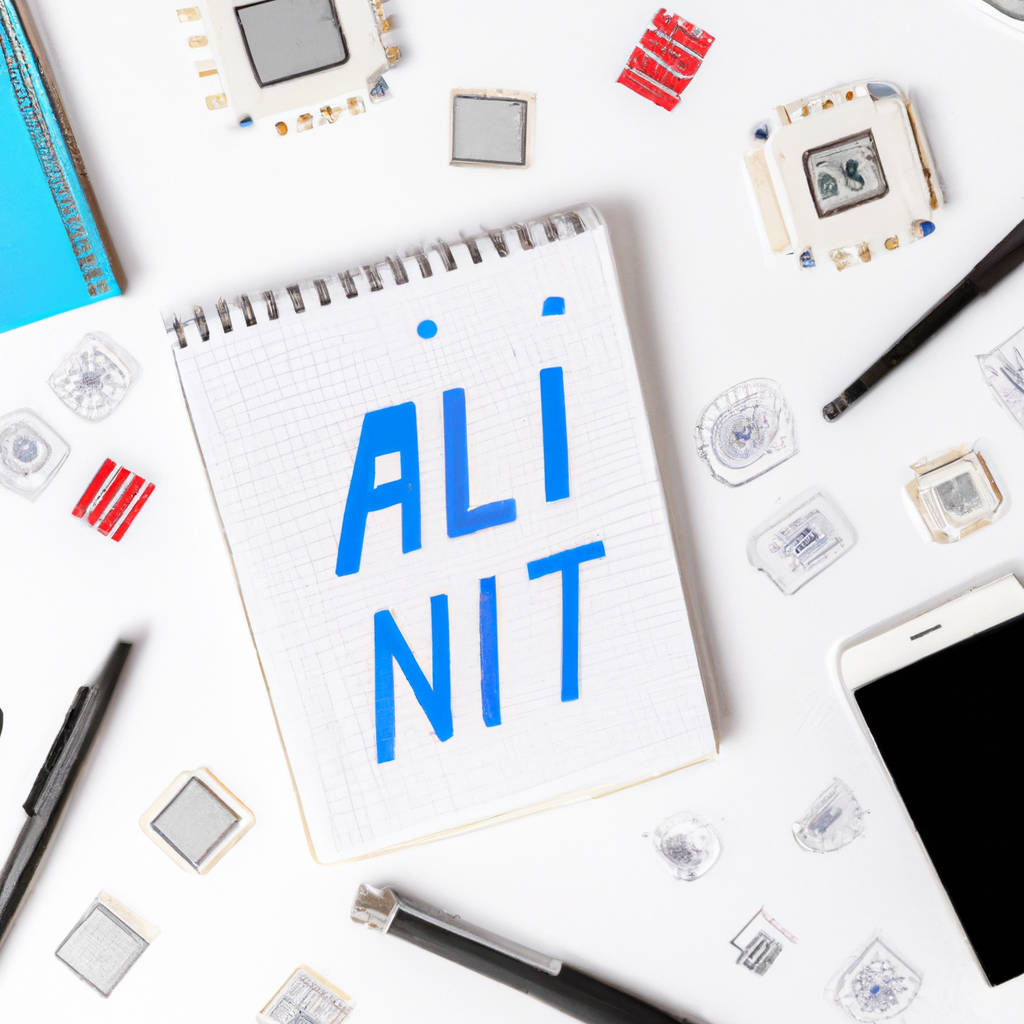Apple’s Worldwide Developers Conference (WWDC) is an eagerly anticipated annual event that brings together software developers from around the globe. The tech giant uses this platform to showcase its latest innovations and updates. In recent years, Apple has shown an increased focus on artificial intelligence (AI), turning this event into a showcase for its AI capabilities. For the WWDC event, expectations are high, with developers, tech enthusiasts, and consumers all looking forward to seeing what new AI-powered features and improvements Apple has in store.
The objectives of Apple for this event are manifold. On one hand, they aim to highlight their advancements and breakthroughs in AI technology, demonstrating how these will enhance user experience on their devices. On the other hand, they seek to engage and inspire the developer community by providing them with new tools and insights into the future of AI in Apple’s ecosystem.
Whether it’s Siri’s enhanced understanding, improved recommendations in Apple Music, or smarter photo categorization in Photos app, Apple is keen to demonstrate how they are integrating AI into their products and services to offer a more personalized and intuitive user experience.
Moreover, by revealing their latest developments in machine learning frameworks and APIs, Apple also aims to empower developers to create more intelligent, context-aware applications. These expectations and objectives are a testament to Apple’s commitment to pushing the boundaries of AI and its determination to remain at the forefront of this rapidly evolving field.

Advances in Siri and Voice Recognition Technology
The evolution of Siri and voice recognition technology has been significant, with considerable strides being made in recent years. Initially, Siri was merely a voice-activated assistant that could perform simple tasks like setting alarms or sending text messages. However, improvements in artificial intelligence and machine learning have spurred Siri’s development, transforming it into a more sophisticated tool that can understand and respond to complex commands.
It can now handle tasks such as booking appointments, finding recipes, or even engaging in casual conversation. Similarly, voice recognition technology has evolved significantly. It has moved from being able to interpret simple vocal commands to understanding human speech in various languages and accents with increased accuracy. The technology has become more adept at contextual understanding and can comprehend the nuances and complexities of human language better than ever before.
This has led to the rise of various applications, ranging from speech-to-text conversion to voice-activated home automation systems. The growth of such technology hinges on continuous refinement of machine learning algorithms and neural networks, making them more capable of recognizing and interpreting speech. This evolution has paved the way for an age where interacting with technology through voice commands is becoming the norm rather than the exception.
It has also opened up a realm of possibilities for using voice recognition technology to assist individuals with disabilities, helping them navigate the digital world more seamlessly. It’s worth noting that while the advancements in Siri and voice recognition technology have been impressive, there’s still a lot of room for improvement. Future developments will undoubtedly focus on enhancing the technology’s ability to understand different dialects, slang, and colloquial expressions, further bridging the gap between human and machine communication.
Machine Learning Enhancements Across Apple’s Product Ecosystem
Apple’s product ecosystem has been consistently evolving, primarily due to the significant strides made in the machine learning field. This technology has been integrated into various aspects of their devices, from the iPhone to the MacBook, enhancing user experience and functionality. For instance, the Photos app uses machine learning to recognize and categorize images based on their content, such as people, places, and objects. Siri, Apple’s proprietary personal assistant, also utilizes machine learning to understand and predict user behavior, making it more responsive and personalized.
In addition, Apple’s machine learning technology powers the Face ID system on iPhones and iPads, enabling secure facial recognition. The Health app is another beneficiary of this technology, with algorithms predicting health patterns and suggesting lifestyle changes based on data collected. The Mail app also uses machine learning to filter spam messages, while the News app uses it to curate content based on users’ reading habits.
On the MacBook, machine learning enhances the performance of the Proactive feature, which offers suggestions and automates tasks based on a user’s habits and patterns. Machine learning also underpins the functioning of the Touch Bar, adjusting its display based on the user’s most frequently used apps and functions.
Furthermore, Apple has introduced machine learning in its software development kit through Create ML and Core ML, empowering developers to build intelligent apps with minimal effort. These tools allow developers to leverage the power of machine learning without requiring extensive knowledge in the field.
In summary, Apple has harnessed the capabilities of machine learning to drive improvements across its product ecosystem. This technology is a vital component of Apple’s strategy to deliver devices and services that are intuitive, personalized, and responsive, invariably elevating the user experience.

Integration of AI in Health and Wellness Features
The integration of Artificial Intelligence (AI) in health and wellness features is revolutionizing the healthcare industry by enhancing patient care, improving disease diagnosis, and expediting research and drug discovery. AI-powered applications are being increasingly used to monitor patient health, predict potential health risks, and recommend personalized wellness plans. For instance, AI can analyze data from wearable devices, such as smartwatches and fitness trackers, to provide insights into a person’s heart rate, sleep patterns, and physical activity levels. Such information can be utilized to suggest lifestyle changes or alert healthcare providers when anomalies are detected, potentially preventing severe health complications.
Moreover, the advent of AI in healthcare has vastly improved diagnostic accuracy. Machine learning algorithms can interpret medical images or analyze pathology reports, often with more precision and speed than human practitioners. They can identify patterns indicative of diseases such as cancer, heart disease, or diabetes much earlier, leading to timely intervention and better patient outcomes.
AI also plays a significant role in expediting medical research and drug discovery. Traditional research and development methods are time-consuming and expensive. However, AI can analyze vast amounts of data, identify potential drug candidates, and predict their effectiveness and safety profiles. Such capabilities can significantly reduce the time and cost involved in bringing new treatments to the market.
Furthermore, AI can streamline administrative tasks in healthcare, such as scheduling appointments, managing patient records, or processing insurance claims. This can free up time for healthcare professionals to focus more on patient care.
While the integration of AI in health and wellness is indeed promising, it is not without challenges. Issues such as data privacy, algorithmic bias, and the need for robust validation of AI tools need to be addressed to ensure the safe and ethical use of AI in healthcare. Nonetheless, with proper oversight and continuous refinement, AI has the potential to transform health and wellness, leading to improved patient care, better health outcomes, and a more efficient healthcare system.
Developer Tools and Resources for AI Innovation
As technology continues to evolve, so do the tools and resources available for AI innovation. Developers in this field have a vast array of platforms, libraries, and software at their disposal to foster their creative and technological endeavors. Open-source platforms such as TensorFlow and PyTorch offer a comprehensive, flexible ecosystem of tools, libraries, and community resources that allow researchers to push the boundaries of AI. These platforms provide a seamless path from research prototyping to production deployment, making the development process smoother and more efficient.
Moreover, cloud-based AI services like Google Cloud AI and Microsoft Azure AI provide a suite of machine learning services that make it easier for developers to build, train, and deploy models. They offer pre-trained AI services for tasks like image and speech recognition, which can significantly reduce the time and effort required in the development process.
In terms of educational resources, there are numerous online courses, tutorials, and webinars available on platforms such as Coursera and Udemy, which facilitate skill acquisition and knowledge expansion in AI. These resources cater to various skill levels, from beginners who are just starting their journey in AI to experienced developers looking to refine their skills or explore new areas.
In addition, there are also several forums and communities, like Stack Overflow and GitHub, where developers can collaborate, share ideas, or seek assistance when encountering challenges. These platforms foster a sense of camaraderie among AI developers, promoting collaborative innovation, and facilitating the exchange of knowledge.
Overall, the availability of these developer tools and resources is instrumental in driving AI innovation. They not only equip developers with the necessary skills and platforms to execute their ideas but also foster an environment that encourages continuous learning, collaboration, and technological advancement in the field of AI.

Conclusion
The concept of a conclusion is vital and multifaceted, playing a significant role in various aspects of life including education, research, communication, and decision-making. In essence, a conclusion serves as the culmination of thoughts, ideas, or events, offering a comprehensive summary or final judgement. In academics or professional research, conclusions are an essential part of essays, reports, theses, and presentations, providing a succinct summary of the main points and findings, and emphasizing their significance.
In communication, it’s the point where all information provided is synthesized to form a cohesive ending or resolution. It’s the destination reached after a journey through data, facts, arguments, and analyses. Furthermore, in decision-making processes, the conclusion is the final decision arrived at after careful evaluation and consideration of all relevant information.
It’s worth noting, however, that a conclusion is not always the end. Often, it opens up new avenues for further exploration, research, and discussion, serving as a launching pad for new ideas and hypotheses. Therefore, a conclusion, whether in a conversation, a piece of writing, a research study, or a decision-making process, serves as a crucial element, providing closure, summarizing key points, and often paving the way for future exploration.

